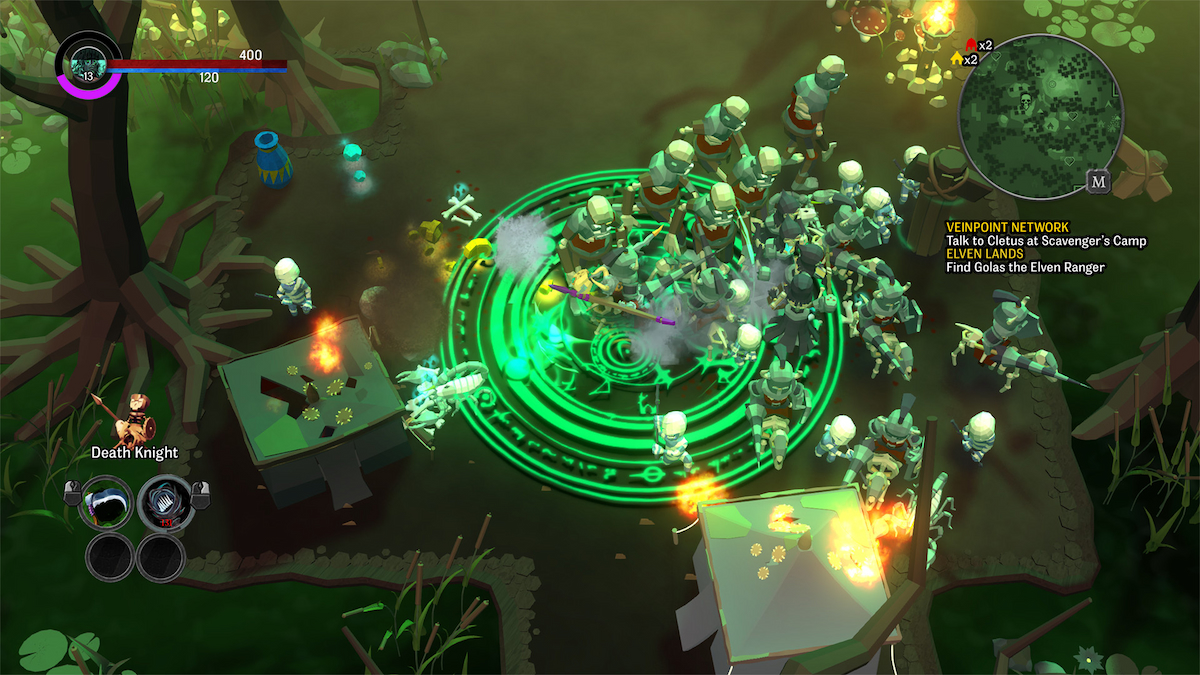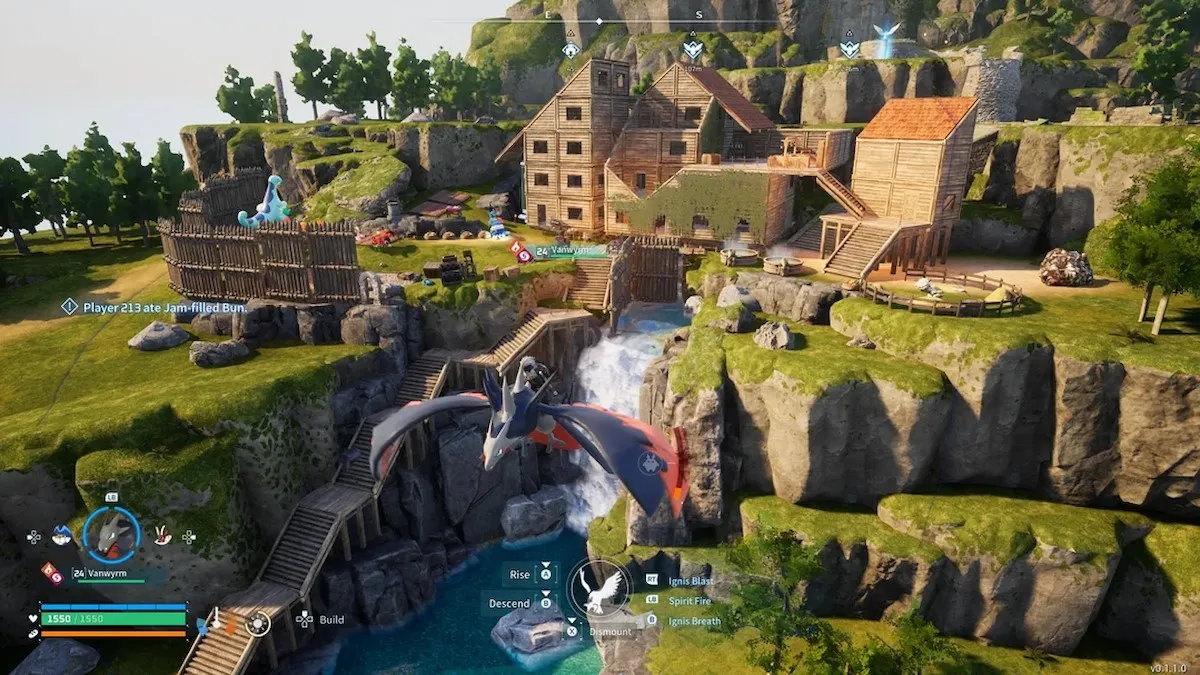Dead Space

Released back in 2008, Dead Space rocked the horror world thanks to its excellent setting, creature design, and unique story that tasked players with surviving an alien infested spaceship. However, where Dead Space truly shined was in its dismemberment based combat that removed the traditional idea of shooting an undead being in the head. Instead, players were forced to cut off enemy limbs to not only hurt them, but put them down for good. This offered an inventive way for players to approach each engagement, as lopping off the legs of certain creatures forced them to crawl towards you at a slower pace.
The approach offered a layer of complexity we do not often see in horror game combat systems, and afforded players a unique amount of freedom. Yet, this could have easily undermined the scares of the game if developer Visceral games didn’t dial up enemy aggression to 11. What this creates is incredibly fast paced, moment to moment gameplay that has yet to ever be recreated outside of this series.
Resident Evil

Considered by many to be one of the founding fathers of the survival horror genre, Resident Evil paved the way for many legendary series we play today. While the various monsters and campy B-movie storyline helped make initial playthroughs of this title extremely memorable, it was the combat that helped solidify its importance. Players were given a variety of different weapons including a shotgun, pistol, and a rocket launcher. However, unlike the over the shoulder mechanics, we are accustomed to now, the camera was locked at fixed points in each section.
This created a unique sense of tension that made aiming rather tricky even for the slower moving zombies. Even though a fixed aiming system could be viewed as frustrating, it allowed the combat to always have higher stakes that players would need to consider. There’s a finite amount of ammo in Resident Evil, so missing any shots could easily mean death. Resident Evil forced players to manage their resources carefully, which was something that horror hadn’t really asked players to do before. It’s this balance between knowing when to run or fight that helped sell every horrific moment this title had to offer.
Condemned: Criminal Origins

Condemned: Criminal Origins has become a lost gem in the horror genre, as the series has only received two iterations early on in the Xbox 360’s lifespan. Despite this series fading into obscurity, the gritty first-person combat was unlike anything before it. Enemies were not your typical ghouls and ghosts, but drug addicts and psychopaths that lent a more realistic feel to the battles. Ranged weapons were a rarity, with most of your fights relying on close quarters brutality.
There was a nice weight to the combat, with each blow feeling like a significant strike against your opponents. Each battle felt like its own challenge, which not only supplemented the scares, but created new ones altogether. Enemies were smart and wouldn’t always attack one at a time, lending a scrappiness to engagements. This point blank style of gameplay helped reinforce the bold and often terrifying world of Condemned
Alien: Isolation

Survival horror games have fully embraced the hide and seek sub-genre that was popularized by games like Amnesia: The Dark Descent and Outlast. This type of horror gameplay revolves around the player running and hiding from enemies that stalk them in the night. At first glance Alien: Isolation seems to follow the same formula until you obtain the flamethrower later on in the game. While this weapon cannot outright kill the Alien, it’s ability to fight and ward off the nasty Xenomorph cannot be overlooked.
Being able to fight off your deadly pursuer helps alleviate some of the tension this game can build, yet the brilliance behind Alien: Isolation’s combat is that you cannot kill this monster. Using fire will only scare it off, offering a brief sense of relief while simultaneously reminding you that this monster is still out there waiting. It’s a smart way to keep the psychological horror aspects the genre is famous for, while still giving users some sense of control.
The Last of Us
The Last of Us is one of the best games of the last generation as it masterfully blended elements from action and horror into one insane package. While it built upon the typical survival tropes that Resident Evil established, The Last of Us enhanced its combat with a great balance between ranged and close quarters fighting. Despite not truly innovating a fighting system, developer Naughty Dog instead focused on refining every aspect of the gameplay. While guns were the preferred method to take out infected enemies, ammo was limited and just staggered enough to never feel like you are a walking arsenal. Creatures like the one hit kill Clickers demanded a more focused and tactical approach, with non-infected humans offering up their own challenges.
Combat is something that many horror games don’t include any more, yet they can drastically help enhance the scares within a title. Understanding their relationship both with the player and the world is critical to delivering a more frightening experience. Plus, sometimes it’s just satisfying to shoot that pursuer instead of hiding under a bed for fifteen minutes until they decide to leave.














Updated: Apr 26, 2017 12:34 pm